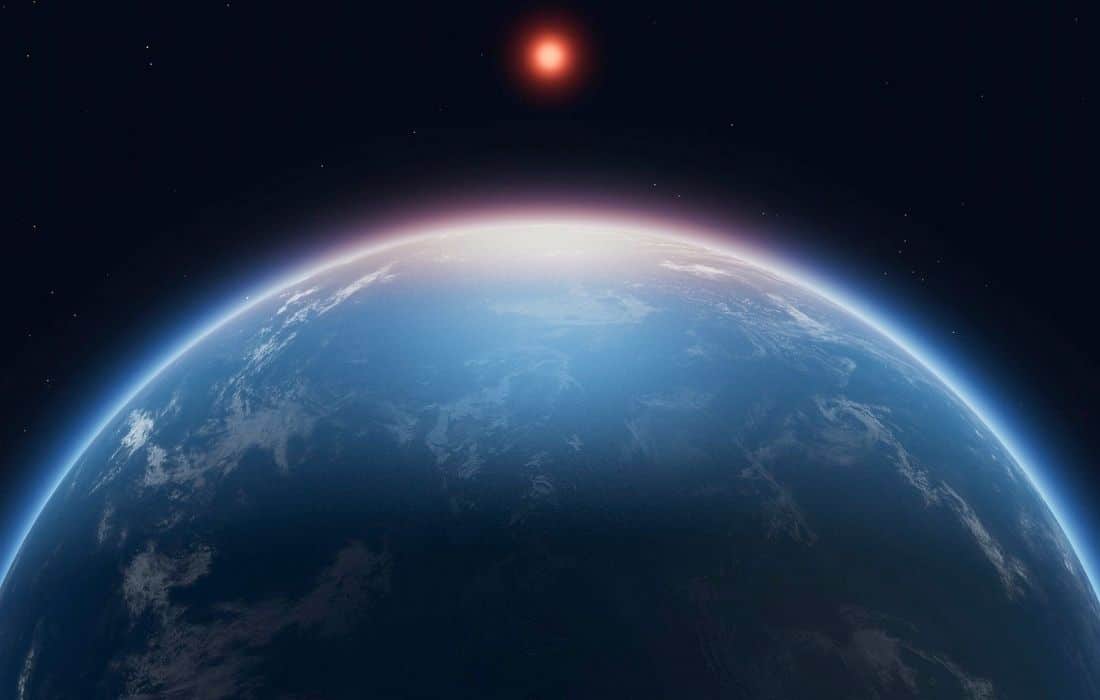LONDON: In a stunning breakthrough, scientists have found the strongest evidence yet of possible life on an alien planet. Using the James Webb Space Telescope, researchers detected gases in the atmosphere of planet K2-18 b that, on Earth, are only produced by living organisms.
The team observed traces of dimethyl sulfide (DMS) and dimethyl disulfide (DMDS)—gases generated primarily by marine life like algae. These gases, known as biosignatures, could point to microbial life thriving on this distant world.
While no actual organisms have been discovered, the presence of these gases is considered a major hint. Scientists caution that more observations are needed, but the discovery has sparked excitement in the scientific community.
“This is a transformational moment,” said astrophysicist Nikku Madhusudhan from the University of Cambridge. “We’ve shown it’s possible to detect biosignatures on distant planets with today’s technology. We’ve officially entered the era of observational astrobiology.”
The planet K2-18 b, located 120 light-years away, is 8.6 times the mass of Earth and about 2.6 times its diameter. It orbits within its star’s habitable zone—where conditions could allow for liquid water, and potentially life.
Researchers are calling for continued observations to confirm the presence of these gases and rule out non-biological sources. But if proven, this could be the closest we’ve come to finding alien life beyond our solar system.
The findings were published in Astrophysical Journal Letters and could reshape the way we search for life among the stars.

















